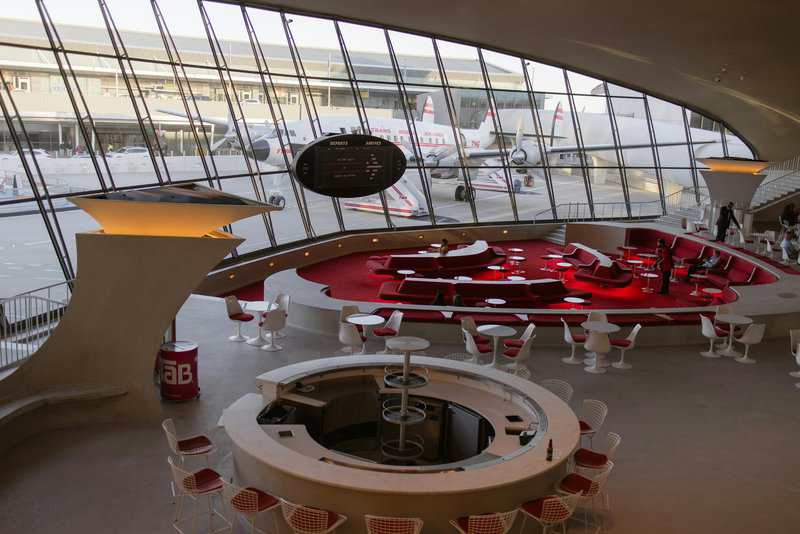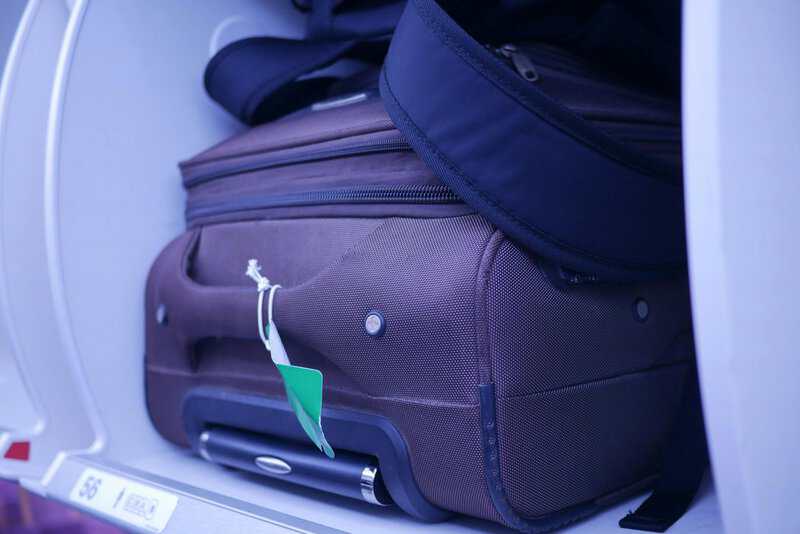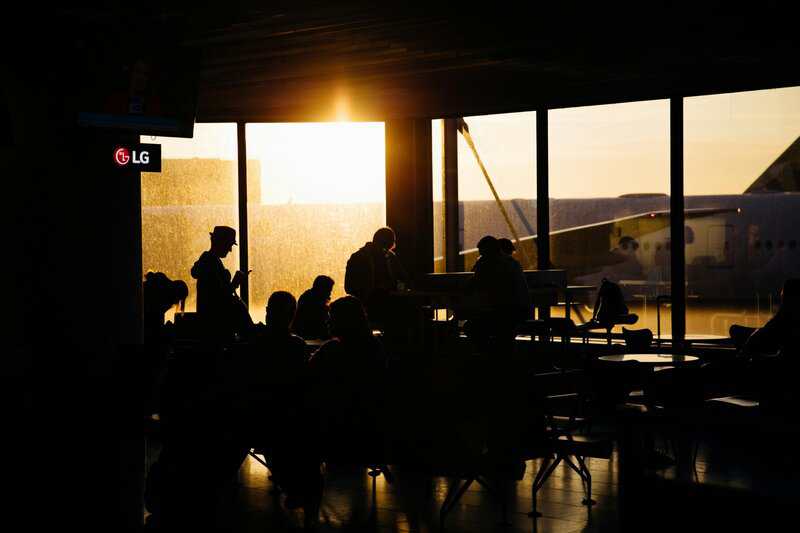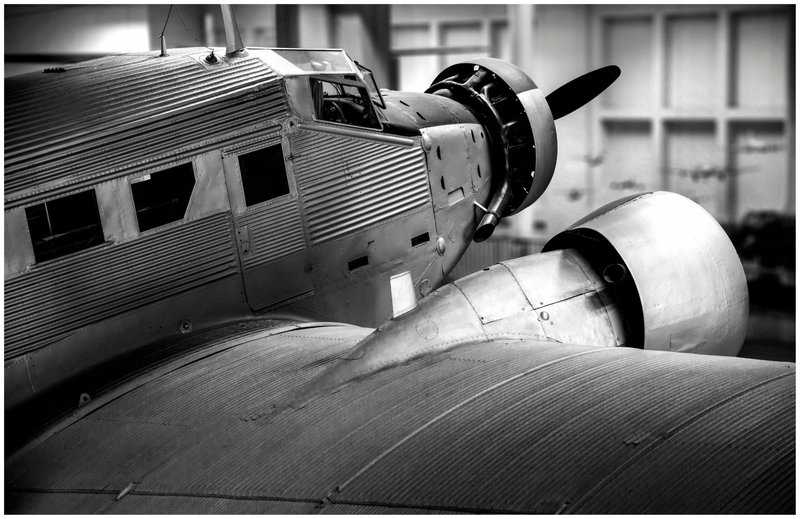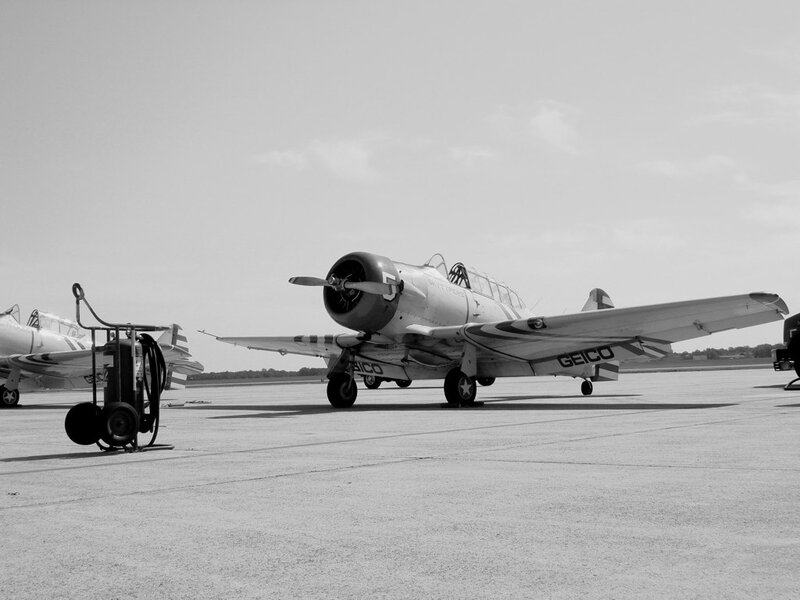In the 1970s, air travel was more than just a way to get from one place to another—it was an event. Passengers dressed in their finest clothes, sipped cocktails in roomy seats, and enjoyed service that rivaled top restaurants. Flying felt glamorous, exclusive, and even a little magical. Today’s airports are bustling crossroads, and flights feel more like packed commuter trains. The changes in industry regulations, increased competition, and evolving social norms mean that many of the enchanting aspects of 1970s air travel have vanished—perhaps forever.





